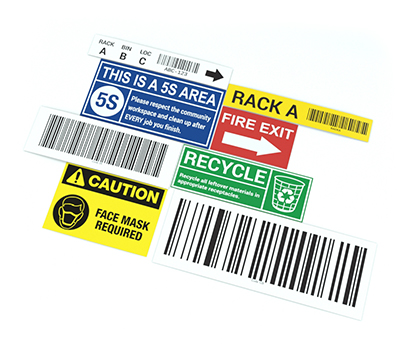
When working on electrical wiring it is important to know exactly what you are doing. Even a small mistake can result in a serious shock, fatal electrocution, damage to machinery, or a variety of other problems. One of the most misunderstood aspects of wires for most people is the ground wire. Anyone who does any type of work with or around electrical equipment should absolutely understand what a ground wire is, what it does, and why it is important.
What Is a Ground Wire?
A ground wire is an electrical wire that is used to neutralize the wire in order to protect the devices, facilities, or other items from problems associated with the electrical current. The wire runs along with the positive and negative wires, but rather than plugging into a power source and the equipment needing the power, it will go from the equipment needing the power to the ‘ground.’ In many situations, this means the cable is actually run into the earth.
Why is the Ground Wire Important?
Not all electrical lines have ground wires, which leads many people to believe that they are an optional wire and not important when running new wires. This is actually not the case, especially when dealing with higher voltage systems. When everything is running properly, electricity will run toward the equipment on the ‘hot’ or ‘positive’ wire, and then run back into the electrical system on the ‘neutral’ wire. Ideally, the ground wire won’t have any current on it at all.
In the event that there is a short circuit, power surge, or other problem on the other wires, on the electrical system, or on the equipment being powered, the ground wire will give the excess electricity a safe path to travel. Without the ground wire, that electricity could either overload the equipment, ‘break out’ of the wires, or otherwise cause damage to the environment. It is even possible that it will overheat the wire and cause a fire. The ground wire can be considered a great ‘insurance policy’ against potential problems that can occur in electrical wiring.
Additional Ground Wire facts:
- The ground wire is typically coded with a green or bare copper color. This is done to easily distinguish it from the other wires in the system. In some cases, the ground wire may also be coded with a yellow or green-yellow stripe. Source: https://www.jyfs.org/what-color-is-the-ground-wire-on-a-household-circuit/
- The color coding of the ground wire serves as a visual cue to identify it quickly and easily. It also helps to prevent accidental connections or shocks by ensuring that the ground wire is not confused with a live or neutral wire. Source: https://www.thespruce.com/electrical-wire-color-coding-1152863
- The ground wire is a conductor that provides a safe path for excess or faulty electrical currents to flow into the earth. It acts as a shock absorber that protects people and equipment from electrocution or fire hazards. Source: https://www.angi.com/articles/what-do-electrical-wire-color-codes-mean.htm
- The ground wire is connected to a grounding rod, which is a metal stake that is driven into the ground near the main electrical panel. The grounding rod provides a low-resistance connection to the earth and dissipates the unwanted currents safely. Source: https://www.thespruce.com/electrical-wire-color-coding-1152863
- The ground wire is also connected to the metal cases or frames of appliances, devices, and outlets that have a potential to become energized. This creates a bond between the ground wire and the metal parts, ensuring that they are at the same voltage level and preventing any shocks or sparks. Source: https://www.thespruce.com/electrical-wire-color-coding-1152863
Similar Questions
- What does it mean to ground a wire?
- What is the Color of the Ground Wire?
- What does the neutral wire do?
- What’s the difference between a positive and neutral wire?
- How do wire color codes improve safety?
- How are live wires identified?
- What are DC power standards?
- How can wires be tested to tell if it’s hot?
- How are neutral wires identified?

